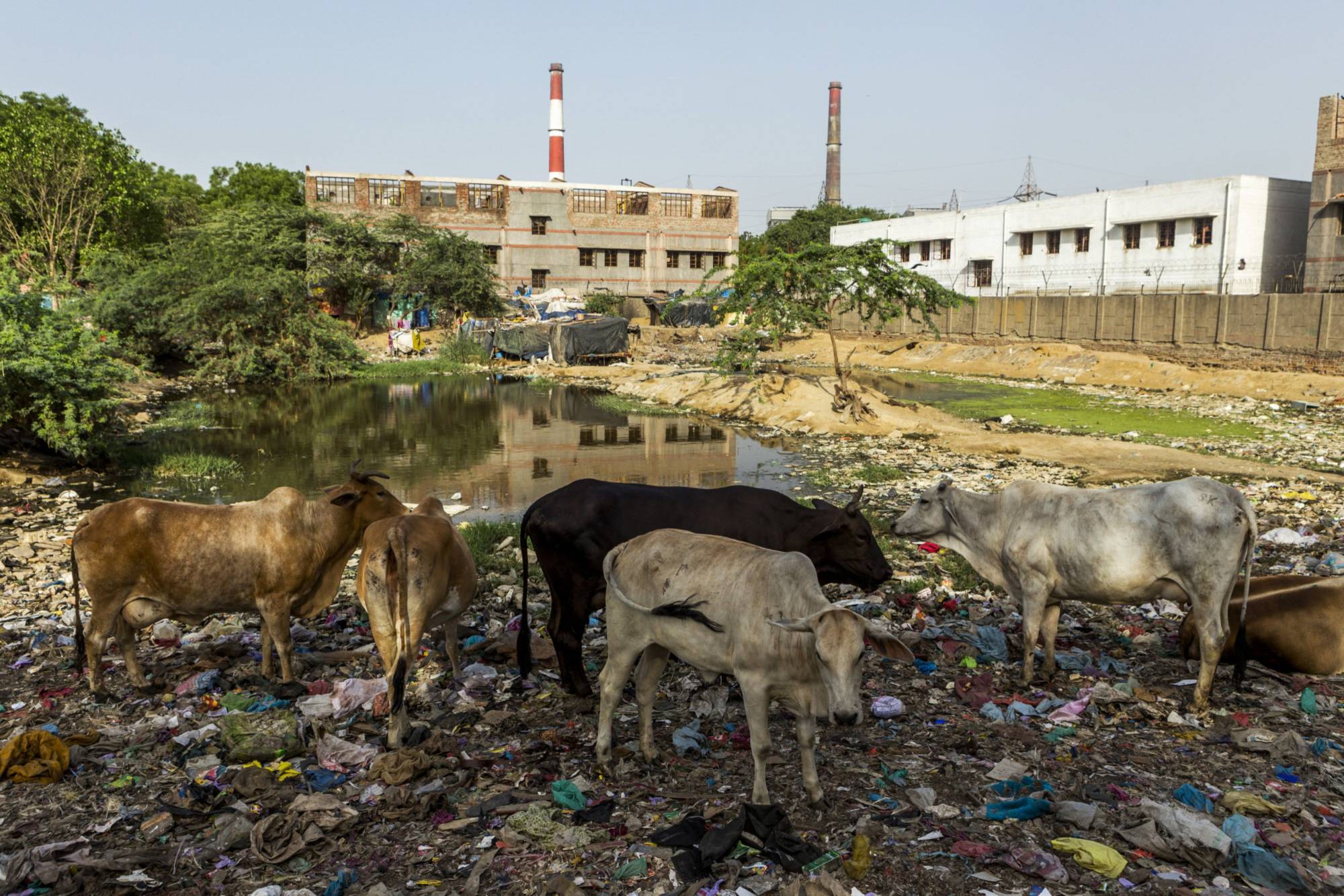India’s commitments under the 2015 Paris climate agreement, which aims to limit global warming to well below 2 degrees Celsius relative to pre-industrial levels, include three quantifiable objectives.
By 2030, the country aims to reduce the emissions intensity of its GDP by 33% to 35%, ensure that renewable energy sources account for about 40% of its installed power capacity, and, through afforestation, create an additional carbon sink of 2.5 to 3 billion tons of carbon dioxide equivalent.
International observers like Climate Action Tracker and Climate Transparency regard India as one of the few Group of Twenty countries to be “2 C compatible” and on track to fulfill its so-called nationally determined contributions (NDCs) under the Paris accord. But even if India achieves its NDC targets and adopts measures to help keep global warming to 1.5 C, on current trends its carbon dioxide emissions in 2030 could be about 90% higher than in 2015.



















With your current subscription plan you can comment on stories. However, before writing your first comment, please create a display name in the Profile section of your subscriber account page.